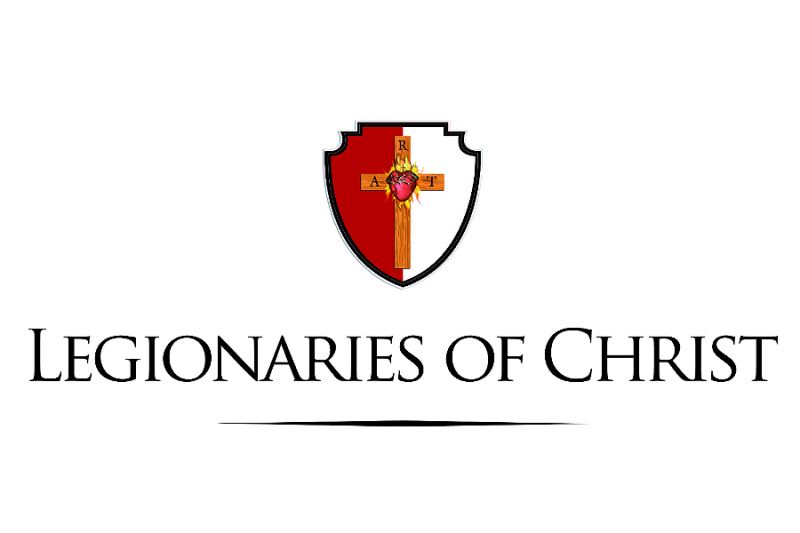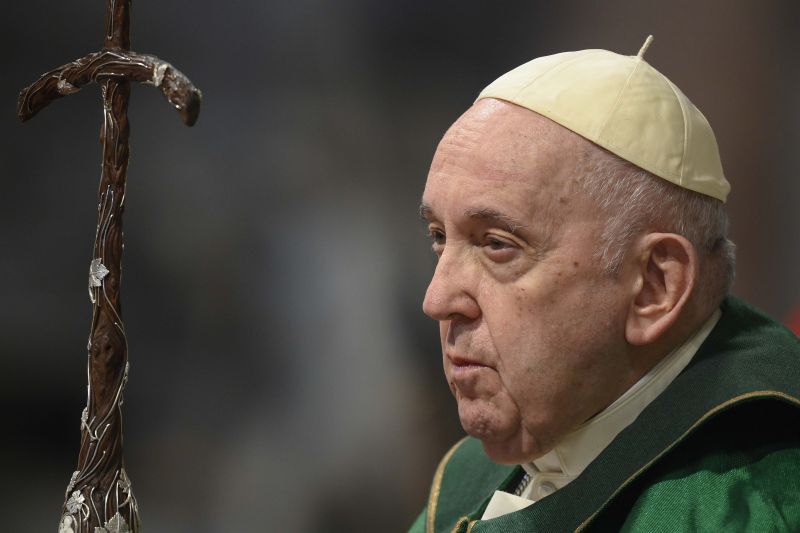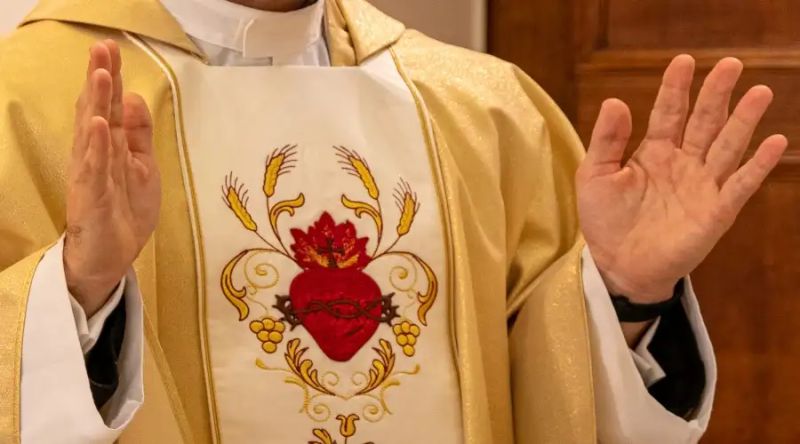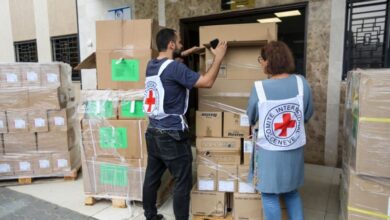Catholicism and martyrdom in Japan: Church marks 400 years since Edo massacre
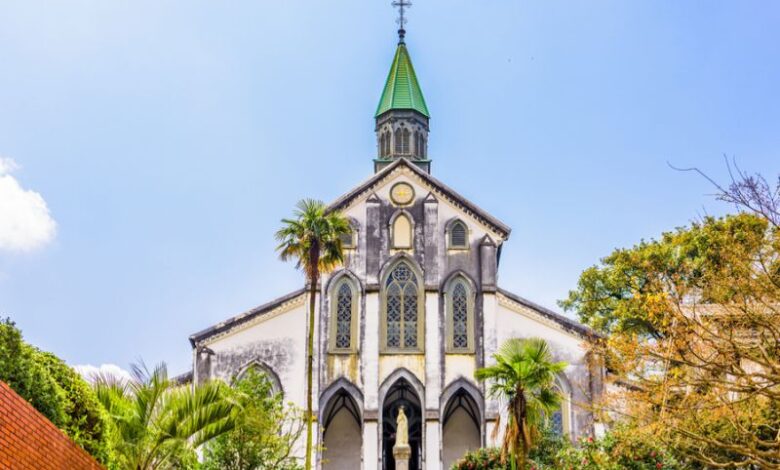
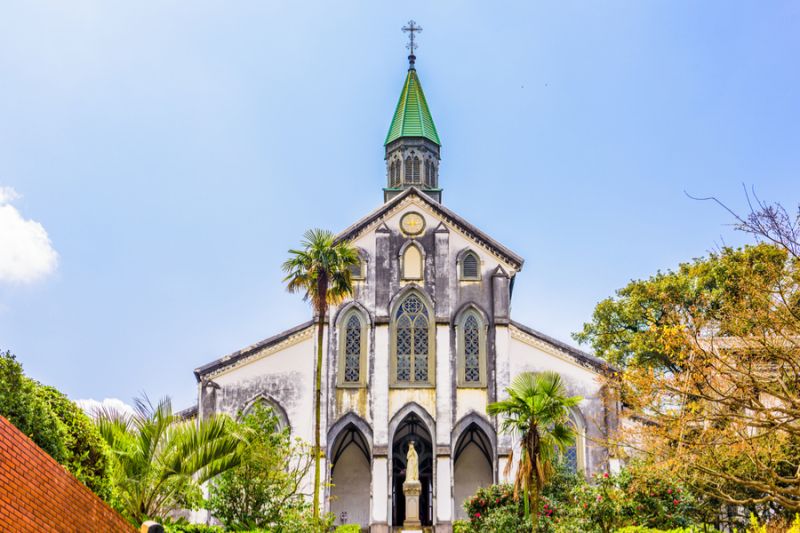 Oura Church in Nagasaki, Japan. / Credit: Sean Pavone/Shutterstock
Oura Church in Nagasaki, Japan. / Credit: Sean Pavone/Shutterstock CNA Staff, Dec 17, 2023 / 07:00 am (CNA).
Catholics in Japan have endured centuries of persecution. The currently small — but devout — presence of the Church in Japan is built upon the witness of untold numbers of martyrs, many of whom died en masse. Earlier this month, the Catholic Church in Japan marked 400 years since Japanese authorities committed a massacre of a group of at least 50 Christians.
The Christians were burned on Dec. 4, 1623, on a bridge in the center of Edo — the city later renamed Tokyo, which was to become one of the largest and most influential cities in the entire world.
According to the Philippines-based Catholic news website Radio Veritas Asia, Archbishop Tarcisio Isao Kikuchi of Tokyo celebrated Mass in honor of the Edo martyrs on Nov. 19 at Takanawa Catholic Church and later held a prayer service at the Fuda-no-Tsuji, a former execution ground. “Quite a few members” of Takanawa walked nearly two miles from the parish to the site of the prayer service.
The Mass and prayer service were the culmination of 15 months of commemorations of the country’s martyrs announced by the Japanese bishops in October 2022. The bishops called the time of commemoration “an opportunity to learn the spirituality of the martyrs that is a common heritage of the Church in Japan, to pray together, to increase our momentum to emulate the lives of the martyrs, and to draw from them strength for evangelization.”
The Gospel first arrived on Japanese shores in 1549 with St. Francis Xavier, a prolific missionary and contemporary of St. Ignatius of Loyola, the founder of the Jesuit order. Francis’ efforts led to an initial flourishing of the faith in Japan, as he gained fluency in Japanese and converted tens of thousands of people, instructing the first generation of Japanese Catholic converts in the faith. Other missionaries from the Jesuit, Franciscan, Dominican, and Augustinian orders would later follow.
Within two generations, according to 1614 statistics cited by the Japanese bishops, there were 150 Christian clergymen and over 650,000 believers in Japan, including two nobles. But even at that time, persecution for the faith was already in full swing following a ban on Christianity first imposed in 1587 during the era of samurai ruler Toyotomi Hideyoshi.
The ban led to the first major martyrdom of Christians in Japan the following year. On Feb. 5, 1597, a group of 26 Christians — three native Jesuits, six foreign Franciscans, and several lay Catholics, including some children — were crucified in Nagasaki after first being death-marched for 600 miles.
All 26 Christians reportedly held out courageously, even singing the hymn of praise “Te Deum” when they arrived at the hill where they would be crucified.
The group is widely known collectively as the 26 Martyrs of Japan — also as St. Paul Miki and Companions, named after a Japanese leader of the group who was training for the Jesuit priesthood and who publicly forgave his persecutors.
The example of the 26 martyrs helped to inspire Christians in Japan to carry on, with many churches and seminaries continuing to be developed. However, the ban on Christianity led to numerous other mass martyrdoms, including the afroementioned Great Martyrdom at Edo in 1623.
As a result of the persecutions, Japan’s Christians, for a lengthy period between the 16th and 19th centuries, lived secretly under threat of violence and humiliation. The persecutions of the period — which saw many Christians forced to give up their faith or face a torturous death, including by crucifixion — were recounted in dramatic fashion in the novel and subsequent 2016 film by Martin Scorsese, “Silence.” The testimonies of many of these “hidden Christians” — “kakure kirishitan” in Japanese — are told in letters and documents restored in the last decade by the Vatican archives and library.
In the mid-1800s, missionaries of the Paris Foreign Mission Society attempted once against to make inroads into Japan. Today the country still has a large presence of the various religious orders that evangelized its people, such as the Franciscans.
Emperor Meiji, who reigned from 1867–1912, finally reopened Japan to religious freedom in 1889. In February, the Church marked the 150th anniversary of the removal of notice boards banning Christianity, which took place in 1873.
The country’s first diocese was created in 1904 (today there are 16), and in 1960 Archbishop Peter Tatsuo Doi of Tokyo was made a cardinal.
Catholicism in Japan today
After being prominently present in the Philippines for centuries, Christianity has in recent decades gained a major foothold in a number of Japan’s other neighbor nations in Asia, such as Vietnam and Hong Kong. Perhaps most notably, South Korea has developed a vibrant culture that is approximately one-third Christian, with Catholics comprising about 11% of the total population. The rise of Catholicism in South Korea contributed to the nation being chosen to host World Youth Day in 2027.
Japan, in contrast, today remains largely irreligious, with Christians still comprising approximately 1% of the population. Efforts by the Catholic Church to evangelize the Japanese population have frequently collided with roadblocks such as a highly secular and prosperous culture as well as a lessening of the Catholic identity of some of the nation’s schools, according to Archbishop Kikuchi of Tokyo.
Still, the testimony given by the many Japanese martyrs throughout the centuries remains a powerful evangelizing force.
“So long as we put our trust in God we need not fear any calamity. On the contrary, times of crisis are good opportunities to meet God’s grace,” wrote Bishop Paul Yoshinao Otsuka of Kyoto, chairman of the Japanese bishops’ Committee for Promoting Canonization, last year.
“When they were suffering great persecution, the Christians of the Age of Persecution were not holed up and scarcely breathing. Even as officials searched, the Christians cared for the sick, helped widows and orphans, and reached out to the poor.”
“[L]et us look to the martyrs who testified to their love in the midst of hardship and find a new ray of hope for the next 50 years,” the bishop concluded.
Popes over the years have also praised the martyrs’ witness.
St. John Paul II, in a homily during his historic visit to Japan in 1981, called the many Christian martyrs of Japan a “glorious multitude, like that of the Christians of the first centuries.”
“Before their death, like all those who are righteous in the eyes of God, they were poor in spirit, meek, tolerant, thirsty for justice, merciful, pure of heart; they were peacemakers,” the saintly pope said.
“The generous love and zealous activities of the martyrs can all be explained by the strength of the Holy Spirit who worked in them … they became for everyone an example of fidelity to Christ whose return they awaited in hope and love.”
“By the grace of God, Christians [in Japan] have meditated on the Gospel through the mysteries of the rosary. They knew that there was a man far away from them called pope. Today he comes to pay homage to the tradition of the Christians of Nagasaki and to personally tell their descendants that he loves them in the heart of Christ Jesus,” the pope continued.
More recently, Pope Francis praised the martyrs during his visit in 2019. As a young Jesuit, Francis had hoped to be sent to Japan as a missionary but was prevented from going for health reasons.
The pope spoke at the memorial of Nishizaka Hill in Nagasaki, where St. Paul Miki and his companions died, along with hundreds of other Christians over the years.
“May we never forget their heroic sacrifice!” the pope said, speaking of the hundreds of martyrs who “consecrated the ground by their suffering and death.”


